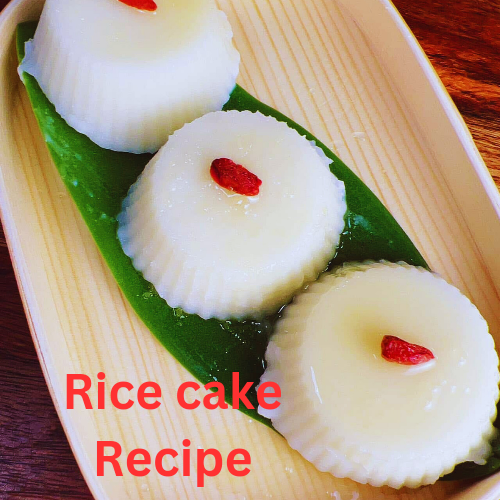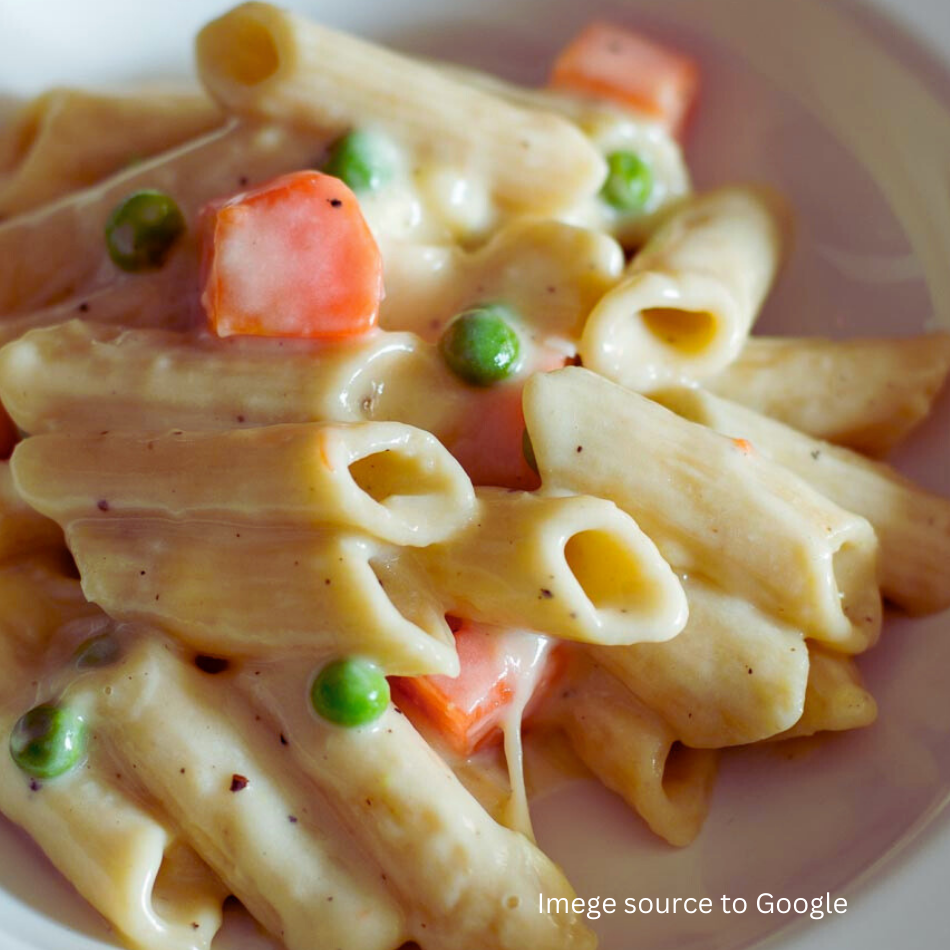Are you tired of reaching for the same old snacks that leave you feeling unsatisfied and guilty? It’s time to upgrade your snack game with easy, nutritious options that will fuel your body and satisfy your taste buds. Snacking doesn’t have to mean sacrificing health or flavor. Let’s explore some benefits and nutrition values of easy snacks that will leave you feeling energized and satisfied.
Benefits of Easy Snacks:
- Convenience: Easy snacks are quick to prepare and grab on the go, making them perfect for busy lifestyles. Whether you’re rushing between meetings or heading out for a hike, having easy snacks on hand ensures you never have to compromise on nutrition or taste.
- Portion Control: Pre-packaged easy snacks often come in single-serving sizes, helping you maintain portion control and avoid mindless overeating. This can be especially beneficial for those trying to manage their weight or adhere to specific dietary goals.
- Satiety: Choosing snacks that are rich in protein, fiber, and healthy fats can help keep you feeling fuller for longer, preventing those mid-afternoon energy crashes and reducing the temptation to indulge in unhealthy options later in the day.
- Nutrient Boost: Easy snacks can be a convenient way to sneak in extra nutrients into your diet. Whether it’s a handful of nuts packed with heart-healthy fats and protein or sliced veggies dipped in hummus for a dose of vitamins and minerals, choosing nutrient-dense snacks can contribute to overall health and well-being.
Nutrition Values of Easy Snacks:
- Fresh Fruits and Vegetables: Snacking on fresh fruits and vegetables provides a wealth of vitamins, minerals, and antioxidants. Opt for easy-to-eat options like baby carrots, apple slices, or cherry tomatoes for a crunchy and satisfying snack that’s low in calories and high in nutrition.
- Greek Yogurt: Greek yogurt is an excellent source of protein and probiotics, which support gut health and digestion. Enjoy it plain or top it with fruit and a drizzle of honey for a creamy and nutritious snack that will keep you feeling full and satisfied.
- Nuts and Seeds: Almonds, walnuts, pumpkin seeds, and sunflower seeds are all nutrient-packed options that provide a good source of healthy fats, protein, and fiber. Enjoy a small handful as a satisfying snack or sprinkle them over yogurt or salads for added crunch and nutrition.
- Whole Grain Crackers or Rice Cakes: Whole grain crackers and rice cakes are convenient options that provide complex carbohydrates for sustained energy. Pair them with protein-rich toppings like nut butter, cheese, or hummus for a balanced and filling snack.
- Homemade Trail Mix: Mix together your favorite nuts, seeds, and dried fruits for a customizable and nutritious snack that’s perfect for on-the-go. Be mindful of portion sizes, as nuts and dried fruits can be calorie-dense.

Rice cake Recipe
Ingredients:
2 cups of short-grain rice (sushi rice works well)
3 cups of water
1/4 teaspoon of salt (optional)
Toppings of your choice (e.g., sesame seeds, chopped green onions, soy sauce, furikake, etc.)
Instructions:
Rinse the Rice: Place the rice in a fine-mesh strainer and rinse it under cold water until the water runs clear. This removes excess starch and helps prevent the rice from becoming too sticky.
Soak the Rice: Transfer the rinsed rice to a bowl and cover it with water. Let it soak for at least 30 minutes to 1 hour. Soaking the rice helps it cook more evenly and results in a better texture for the rice cakes.
Drain the Rice: After soaking, drain the rice thoroughly using a fine-mesh strainer or colander.
Cook the Rice: Transfer the drained rice to a rice cooker or a saucepan. Add 3 cups of water and a pinch of salt if desired. Cook the rice according to your rice cooker’s instructions or on the stovetop until it’s tender and fully cooked.
Cool the Rice: Once the rice is cooked, spread it out onto a large baking sheet or tray to cool. Let it cool for about 15-20 minutes, or until it’s cool enough to handle.
Shape the Rice Cakes: Once the rice has cooled slightly, wet your hands with water to prevent the rice from sticking. Take a small handful of rice and shape it into a round or oval cake, about 1/2 inch thick. You can also use a rice cake mold if you have one.
Add Toppings: If desired, sprinkle sesame seeds, chopped green onions, or any other toppings of your choice onto the rice cakes and gently press them in.
Cook the Rice Cakes: Heat a non-stick skillet or griddle over medium heat. Once hot, place the rice cakes onto the skillet and cook for 3-4 minutes on each side, or until they’re golden brown and slightly crispy on the outside.
Serve: Once cooked, remove the rice cakes from the skillet and serve them warm with your favorite dipping sauce or enjoy them plain.
Enjoy your homemade rice cakes.




